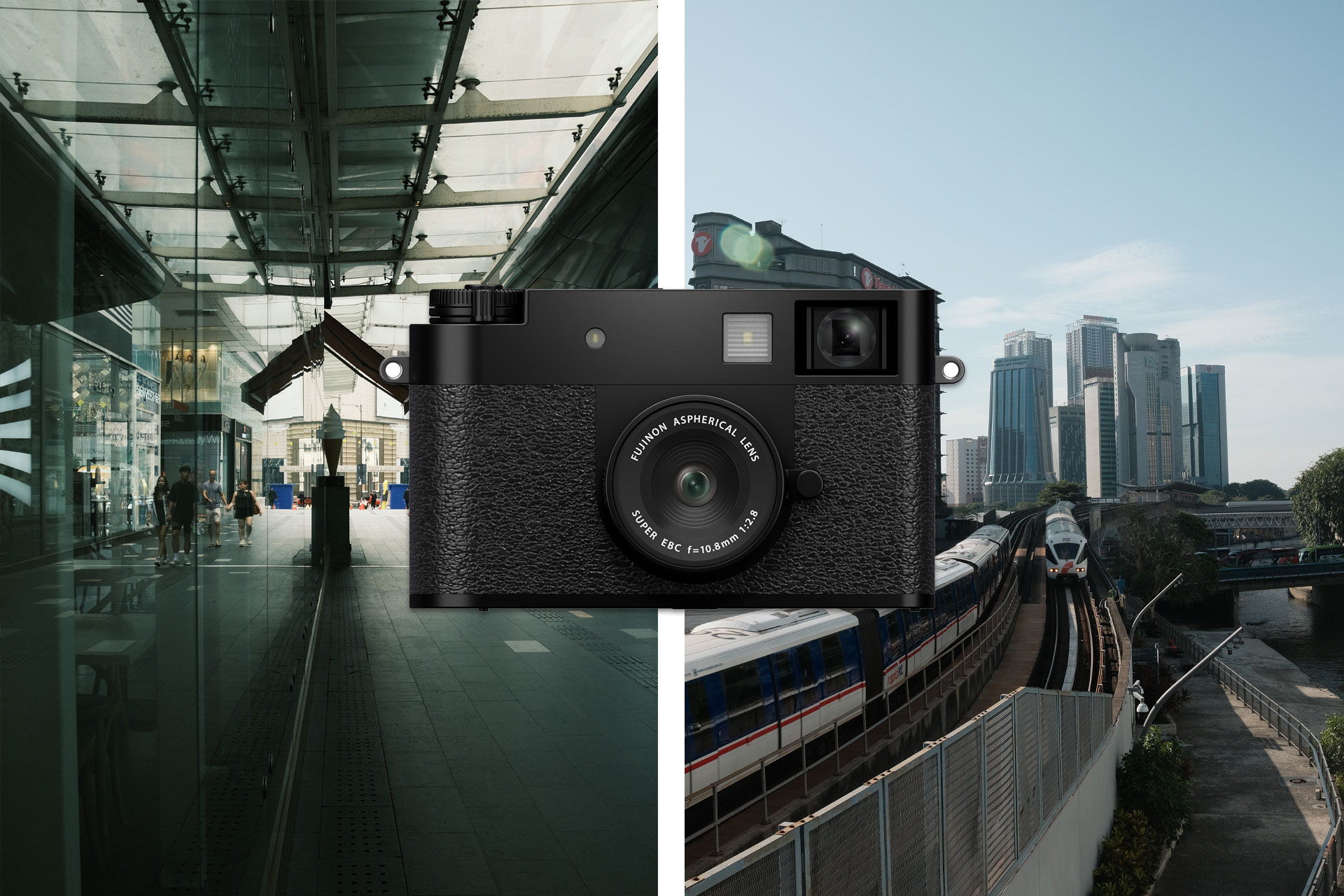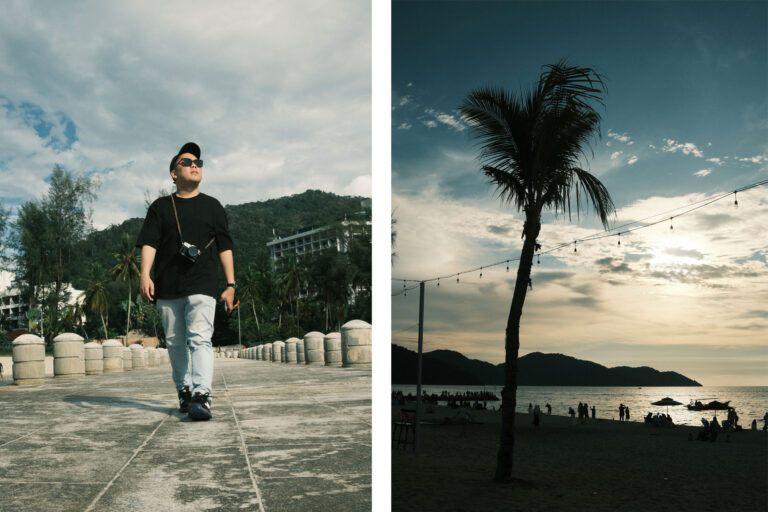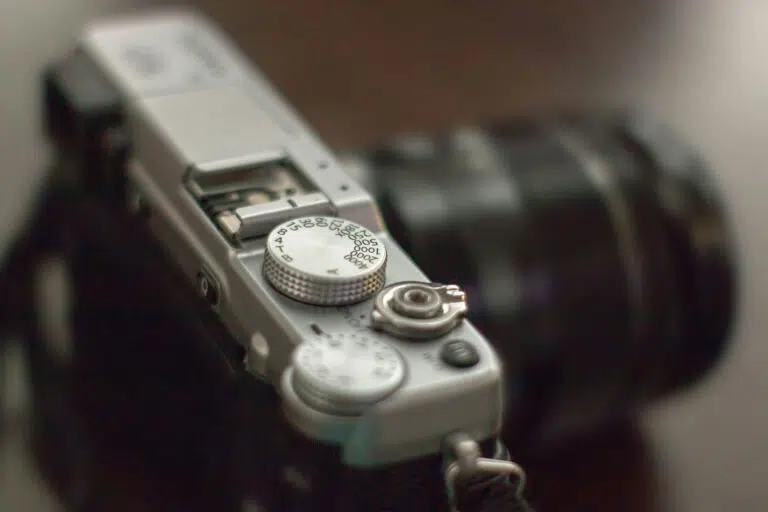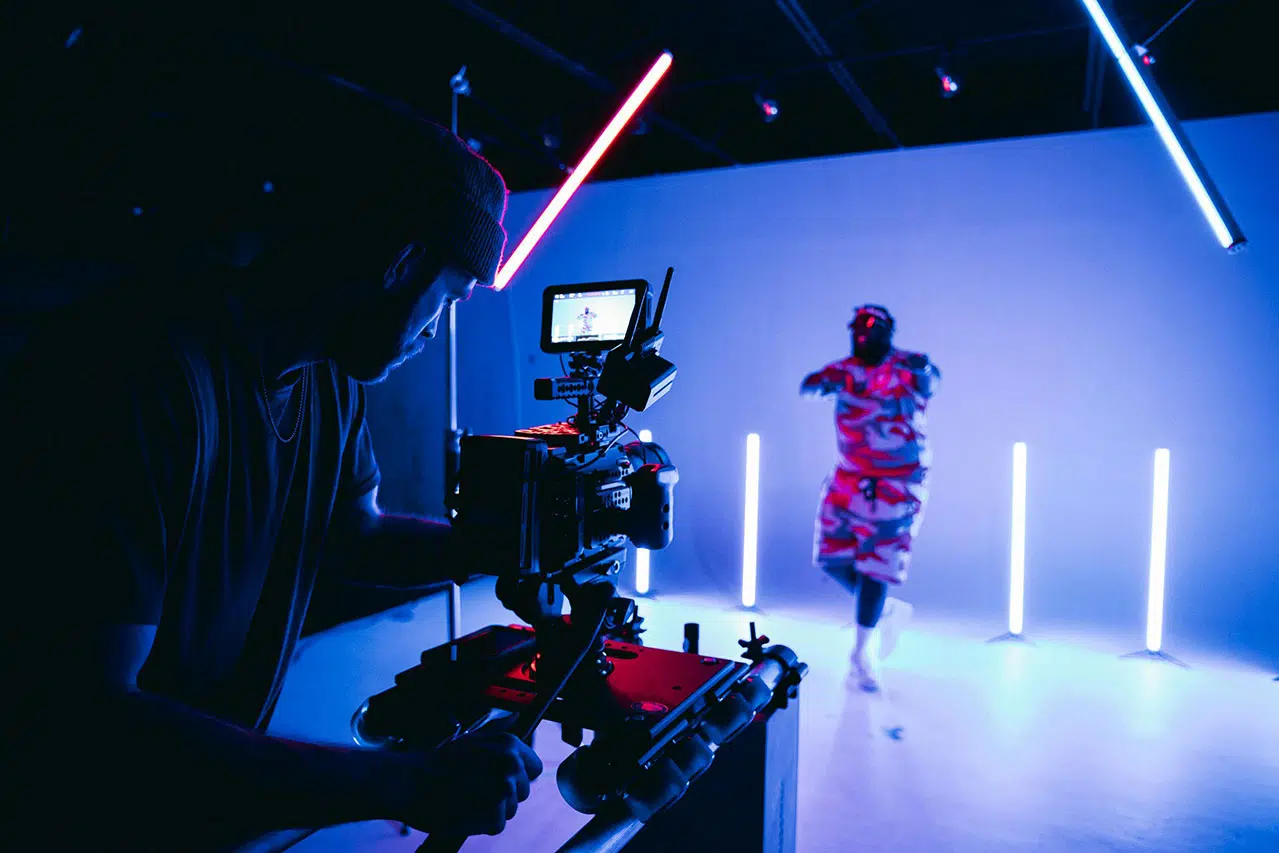The Fujifilm X Half is a digital camera that acts like a film camera. It’s small, it’s simple, and it skips all the bells and whistles you’d find in most modern mirrorless cameras. But that’s exactly the point. It’s not about specs—it’s about how it makes you shoot. Think of it as a throwback for people who like the process, not just the final shot.
What Is the Fujifilm X Half?
The Fujifilm X Half is a fixed-lens digital camera with an 18MP 1-inch sensor. It’s not meant to be a flagship. It’s more of a sidekick. Something you carry around when you don’t want to think too much. Fujifilm leaned into the idea of making it feel like a half-frame film camera, both in how it looks and how it works.
The lens is equivalent to 32mm with an f/2.8 aperture—good for street shots, portraits, or casual everyday shooting. It only shoots JPEG. No RAW, no log profiles, no ProRes. Just straight-up film sims and simple controls.
What Makes It Different?
The real charm lies in the Film Camera Mode. This is where it flips the switch. In this mode, you choose a film simulation (Classic Chrome, Velvia, Acros, etc.), pick a roll type (36, 54, or 72 exposures), and start shooting—blind. You can’t review images. No peeking. No deletes.
When you finish the roll, you “develop” it using the new Fujifilm XApp. That’s when you finally get to see the photos. The app also lets you apply digital “film” effects like halation, blur, or diptych layout. Basically, it mimics the experience of sending film to a lab.
You even get a fake film advance lever on the back, which feels silly but somehow makes sense. It’s tactile. It slows you down. It makes the process fun.
Why Half-Frame?
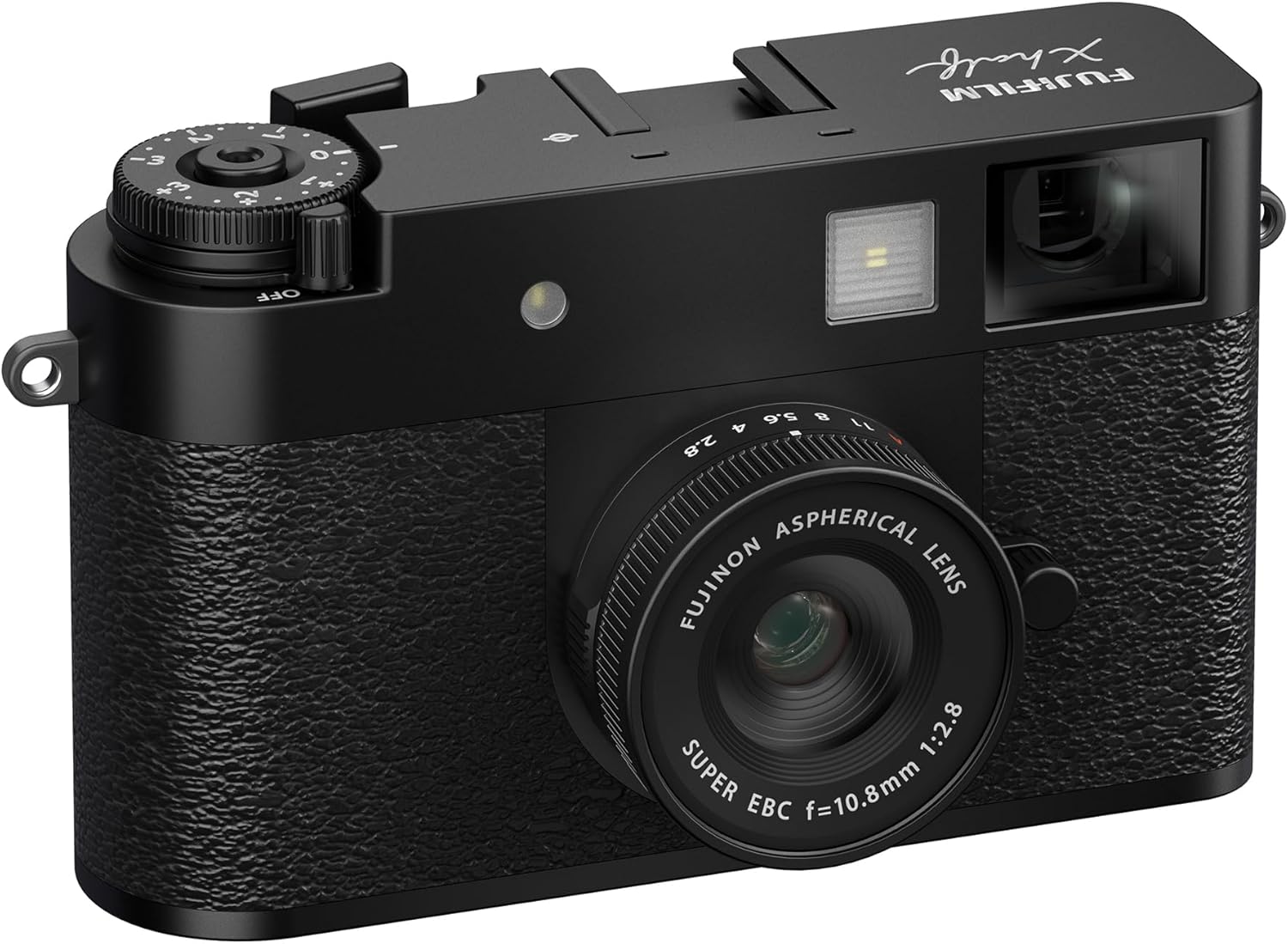
This camera is a nod to old half-frame film cameras like the Olympus Pen or Fujica Half. Half-frame film gave you 72 shots on a 36-roll—two photos per frame. The X Half recreates that idea digitally. It’s vertical format by default (portrait orientation), which is perfect for Instagram or reels.
For some photographers, this feels like a gimmick. For others, it’s a cool creative limitation. You frame differently. You shoot slower. You stop pixel-peeping. If you’ve shot a real film roll before, it’ll feel familiar. If you haven’t, this is a simple way to experience that mindset—without the cost of film or the wait for a lab.
Build and Design
It’s light—just 240 grams (about 8.5 oz)—and easy to carry around. The size and weight make it feel more like a point-and-shoot than a mirrorless body. It has an optical viewfinder (OVF), manual dials, and that funky lever for winding between shots.
This isn’t meant to be a pro camera, so don’t expect weather sealing or dual card slots. But the build feels solid for what it is. It looks retro but not in a cheesy way. Think Fujifilm X100V, but stripped down.
Who Is This For?
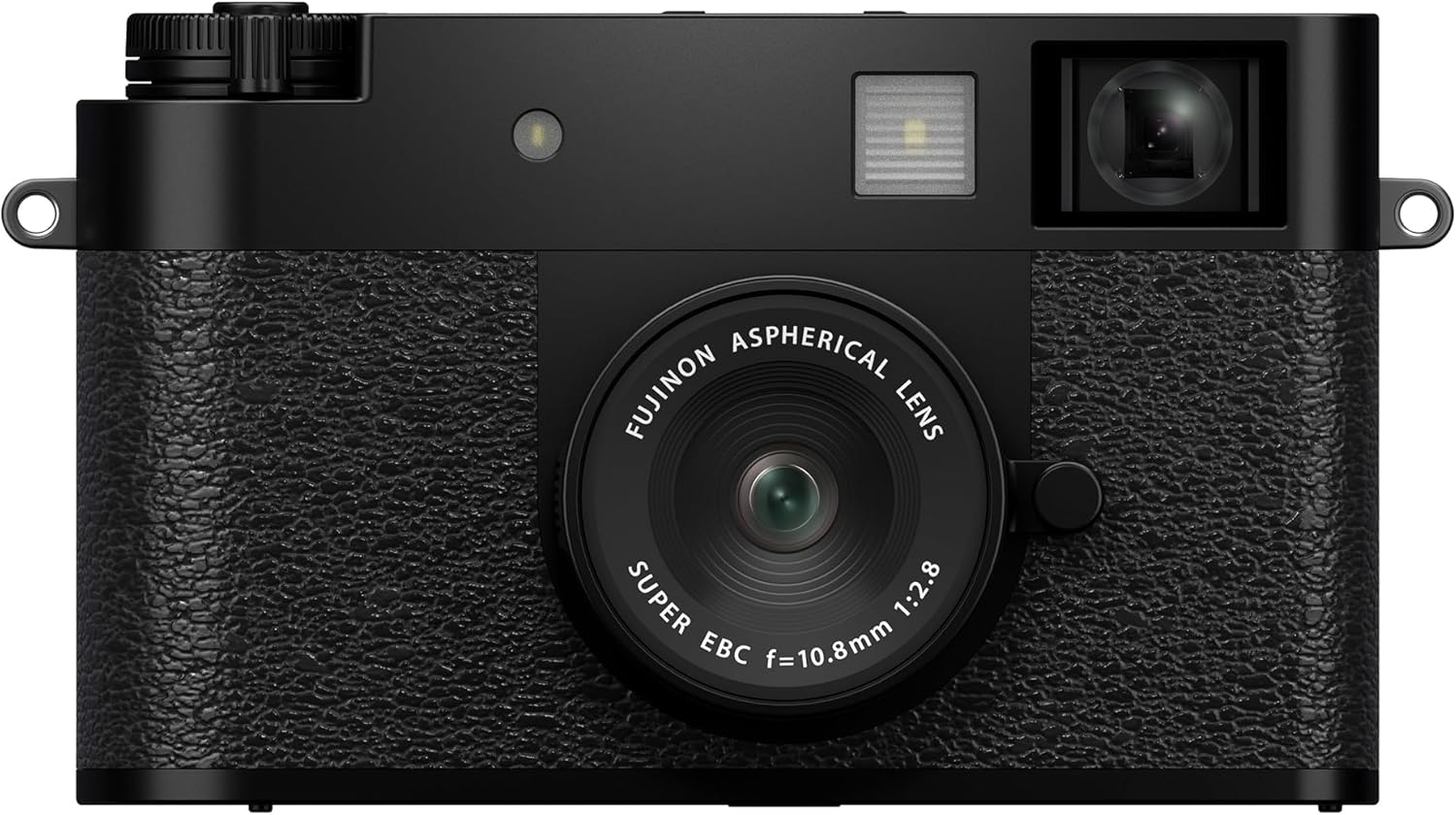
This camera is for people who want the feel of film without the hassle. It’s for those who like the idea of slowing down, shooting with intention, and getting surprised at the end.
- If you’re a street photographer who likes to shoot discreetly, the X Half is tiny and quiet.
- If you’re a content creator who shoots for vertical platforms, the format makes sense.
- If you’re tired of editing and just want fun JPEGs straight out of the camera, this thing delivers.
It’s not for pixel peepers. It’s not for low-light shooters who need ISO 12800 performance. It’s not for people who want full manual control over every setting. It’s a vibes-first camera.
Price and Availability
A Fun Sidecar to Your Main Camera
For many Fujifilm shooters, the X Half won’t replace their X-T4 or X100VI. It’ll ride shotgun. It’s a sidecar camera. Something you toss into your bag when you’re heading out for coffee or a walk in the city.
And unlike your phone, the X Half makes you think about each shot just a little more. No AI enhancement. No burst mode. No 10-bit log footage. Just pure, simple, click-by-click shooting.
Final Thoughts
The Fujifilm X Half is for photographers who miss the feeling of film. It’s for anyone who wants a small camera that encourages patience, creativity, and fun. If you’re chasing perfect image quality, skip it. But if you miss the joy of shooting a roll and waiting to see what comes out, this one brings that feeling back—with a modern twist.
*This post contains affiliate links. If you purchase through these links, I may earn a small commission at no extra cost to you. This helps support the site and allows me to continue sharing helpful tips. Thank you for your support!

